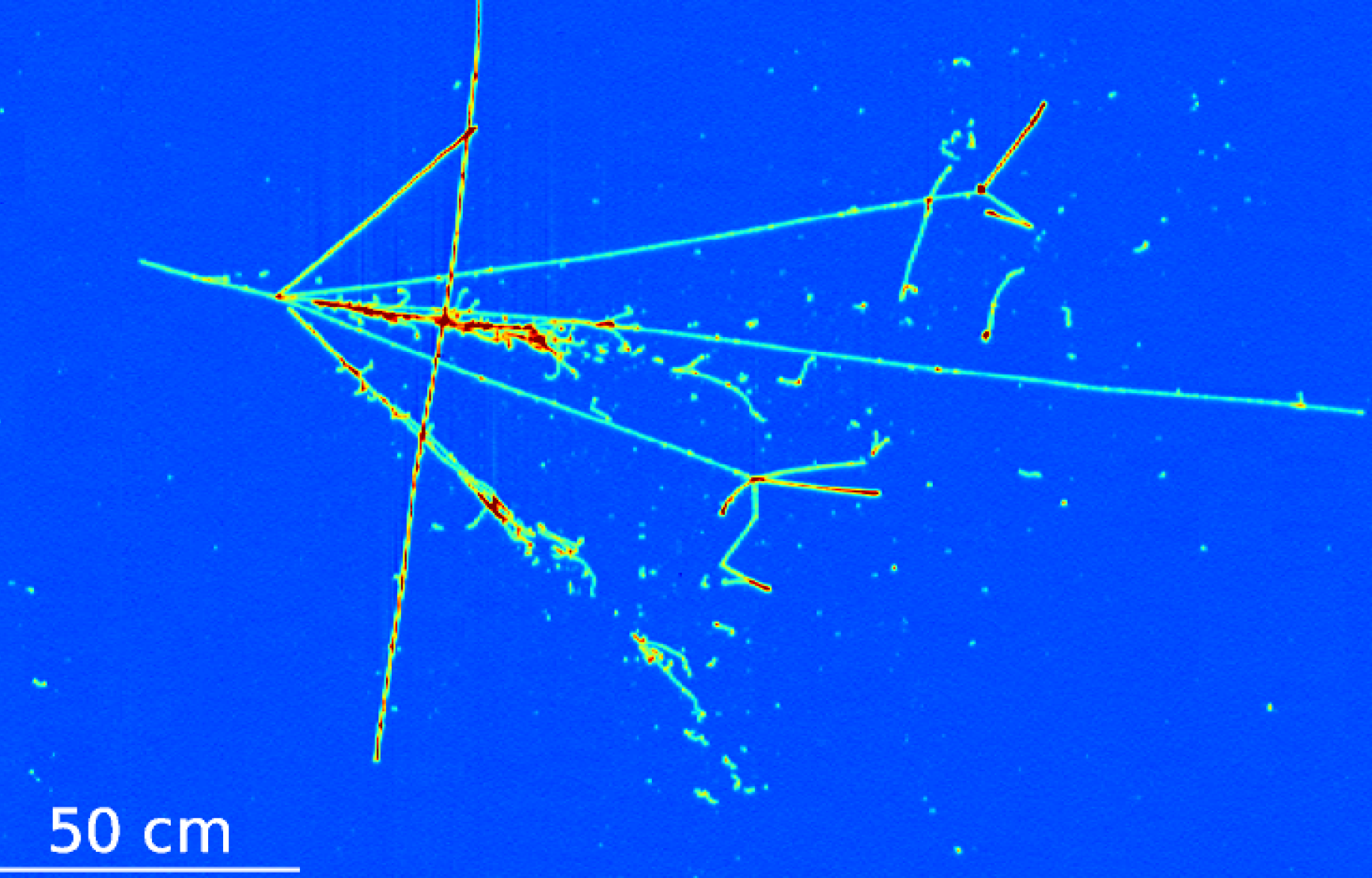The inquiry into whether high energy physics (HEP) is dying often elicits a myriad of responses, traversing a spectrum from anxiety to optimism. A casual observer might aptly pose the question, “Is high energy physics still relevant?” This playful query invites us to delve deeper into a field that has, for decades, unraveled the mysteries of the universe. However, this casual jest carries with it a serious underpinning, for as the landscape of scientific inquiry morphs, so too do the challenges and opportunities faced by the HEP community.
The current predicament arises in the face of escalating financial constraints, shifting scientific priorities, and an ever-growing public skepticism regarding the utility of fundamental research. High energy physics, with its large-scale experiments and colossal accelerators, such as the Large Hadron Collider (LHC), requires substantial funding and international collaboration. Yet, nations are increasingly prioritizing the immediate over the enigmatic—seeking tangible returns on investment rather than supporting fundamental research, which takes time to yield insights.
Moreover, the LHC, the crown jewel of HEP research, has recently transitioned into a phase of data analysis following the culmination of its operational periods. The lack of stunning discoveries, analogous to the Higgs boson’s revelation in 2012, has led to speculations about a so-called “Higgs boson plateau,” where the inability to discover new particles may stifle enthusiasm and financial backing for future endeavors. Could it be that the antithesis of discovery—a lull in groundbreaking findings—haunts the field?
However, to dismiss HEP as a dying discipline would be tantamount to dismissing the intricate tapestry of the cosmos that this field seeks to explore. Although the LHC may not unveil new particles at every turn, the knowledge harvested from past experiments continues to enrich our understanding of fundamental forces and particles. For instance, the exploration of quantum chromodynamics or the behavior of top quarks remains pivotal research that underpins our grasp of the universe’s fabric.
Beyond just the pursuit of the unknown, HEP has a symbiotic relationship with burgeoning technologies. The advancements in computational methods, materials science, and data analytics borne out of necessity in HEP research often seep into other domains, propelling forward multiple technological realms. The development of sophisticated detectors and data processing techniques has applications ranging from medical imaging to cybersecurity. This cross-pollination of knowledge may suggest that HEP will continue to thrive by diversifying its impact rather than plotting a narrow course.
Nevertheless, the dialogue around a possible decline must also consider the shifting paradigms under which scientific inquiry operates. As new disciplines emerge—such as astroparticle physics and quantum information science—the boundaries of high energy physics may well expand rather than constrict, lending credence to the notion that an evolution is in progress rather than an extinction. Possibilities abound in the alignment of HEP with dark matter research and gravitational wave astronomy, creating fertile ground for collaborative ventures that bolster the relevance of HEP.
The distinctive allure of high energy physics, however, may face hurdles pertaining to public perception and engagement. As scientific literacy among the populace varies widely, bridging the gap between complex HEP theories and public understanding becomes increasingly important. Addressing this communication challenge may very well catalyze a revitalization of interest in the field. Educational initiatives must intertwine with public outreach to emphasize not only the theoretical implications of HEP but also its tangible benefits to society.
In contemplating whether HEP is waning or rising anew, it is essential to embrace the uncertainties that characterize the scientific endeavor. Pioneering breakthroughs often arrive unexpectedly; revolutionary ideas tend to germinate within prolonged periods of contemplation and debate. The apparent stagnation may foster an environment ripe for the cultivation of avant-garde theories that could redefine our comprehension of the universe. Imagine the ripple effects of a new theoretical framework that reconciles quantum mechanics with general relativity—a puzzle that has teased physicists for generations.
Moreover, interdisciplinary collaborations are sprouting not only within the confines of traditional physics but across realms of philosophy, mathematics, and even sociology. These intersections are vital in pushing the envelope of what is conceivable. Could HEP harness insights from machine learning to decode previously inaccessible data patterns? What if philosophical considerations regarding the nature of reality inspire novel research questions? The interplay of these diverse fields could replenish the vigor of HEP and broaden its investigative scope.
Ultimately, the question of whether high energy physics is dying or simply undergoing metamorphosis is best approached through a lens of cautious optimism. The challenges posed by funding, discovery rates, and public engagement could entice a proactive reformation of the field rather than heralding its demise. The vibrant tapestry of high energy physics remains interwoven with humanity’s quest to understand the cosmos. It is precisely this insatiable curiosity that may very well ensure the persistence and evolution of high energy physics in ways we have yet to fully apprehend. Thus, it is not so much a matter of life or death for HEP; rather, it is an invitation to innovate, adapt, and to continually redefine in the face of profound cosmic questions.












